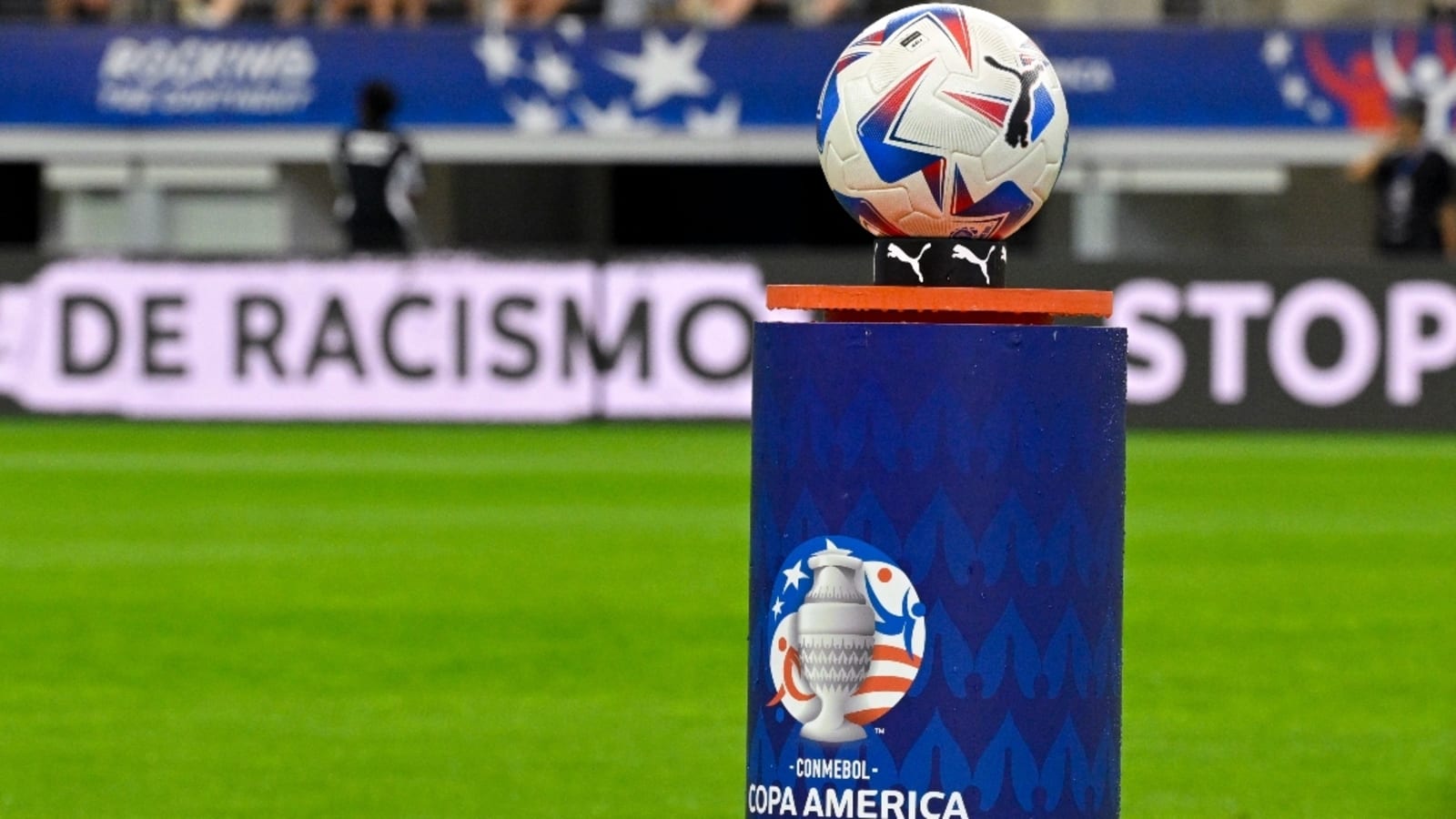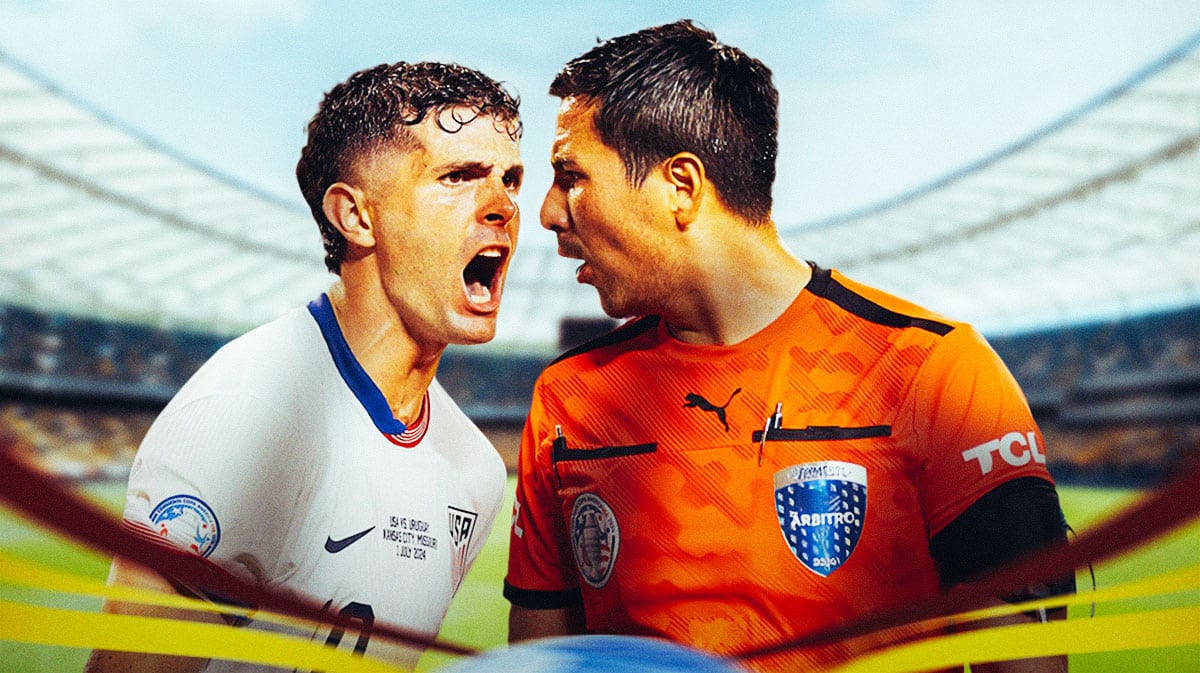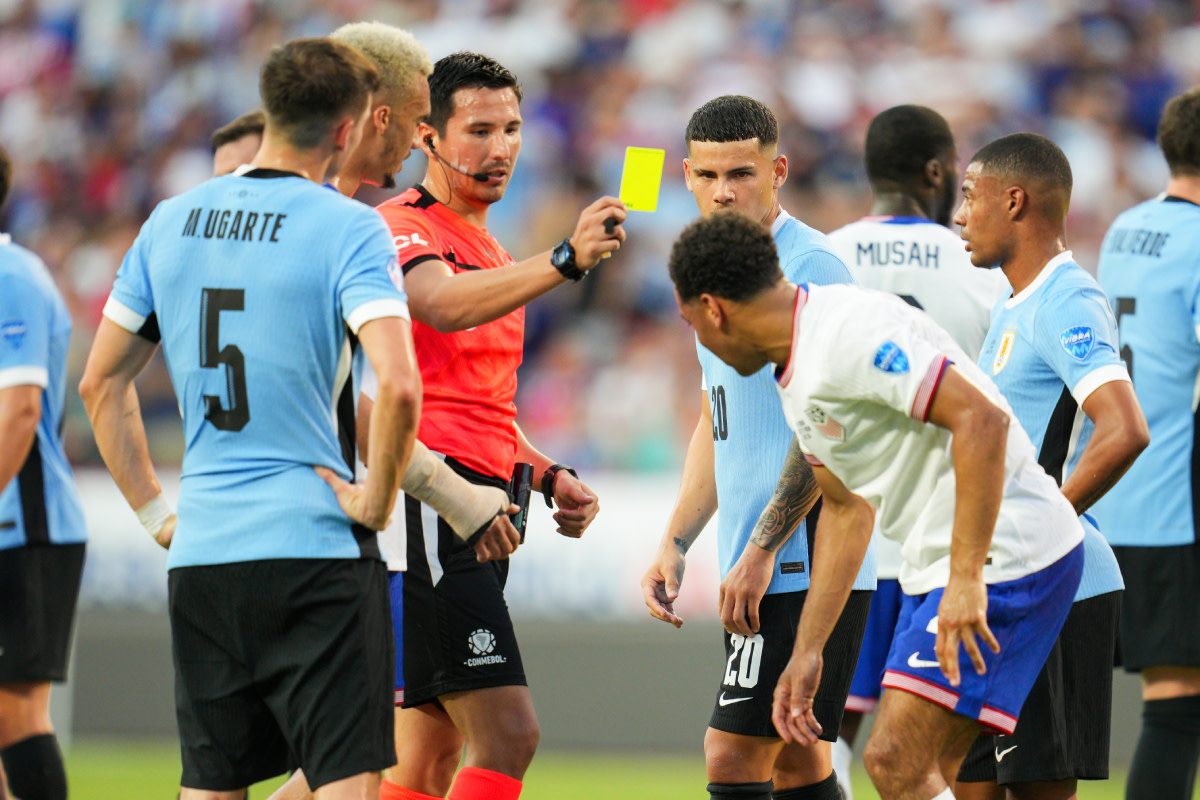Refereeing Controversies in USA-Uruguay Matches

Usa uruguay referee – The history of soccer matches between the United States and Uruguay has been marked by several controversial refereeing decisions. These decisions have often had a significant impact on the outcomes of the matches and have led to widespread criticism of the referees.
Di referee fo di USA vs Uruguay match do one kain tins wey make pipo tok. Some pipo say e do well, while others say e no do well. But one ting wey we all fit agree on na say di match na one kain match.
If you wan know more about di match, you fit check out puerto rico. Di match na one kain match, and di referee do one kain tins. So, make we just leave am like dat.
Factors Contributing to Refereeing Controversies
There are several factors that contribute to refereeing controversies in USA-Uruguay matches. One factor is the cultural differences between the two countries. The United States has a more individualistic culture, while Uruguay has a more collectivist culture. This difference in culture can lead to different interpretations of the rules of the game and can make it difficult for referees to make decisions that are fair to both teams.
Another factor that contributes to refereeing controversies is the political pressure that is often placed on referees. Both the United States and Uruguay are major soccer powers, and there is a lot of pressure on referees to make decisions that will favor their team. This pressure can lead to referees making decisions that are not in the best interests of the game.
The Role of Technology in Refereeing USA-Uruguay Matches: Usa Uruguay Referee

Technology has played an increasingly significant role in refereeing USA-Uruguay soccer matches in recent years. The use of video assistant referees (VAR) and goal-line technology has been particularly influential in reducing refereeing errors and improving the fairness of the matches.
VAR
VAR was first introduced in USA-Uruguay matches in 2018. The system allows referees to review video footage of incidents that occur during the match and make decisions accordingly. This has helped to eliminate many of the subjective errors that were previously common in refereeing. For example, in the 2019 Copa America match between the United States and Uruguay, VAR was used to overturn a penalty decision that had been awarded to Uruguay. The referee was able to see that the Uruguayan player had dived in the penalty area, and the penalty was subsequently overturned.
Goal-line technology
Goal-line technology was introduced in USA-Uruguay matches in 2014. The system uses sensors placed in the goalposts to determine whether the ball has crossed the line. This has helped to eliminate the problem of “ghost goals,” which were previously a common occurrence in soccer. For example, in the 2015 Women’s World Cup match between the United States and Uruguay, goal-line technology was used to award a goal to the United States after the ball had initially been cleared off the line by a Uruguayan defender.
Potential drawbacks
While technology has had a positive impact on refereeing in USA-Uruguay matches, there are also some potential drawbacks. One concern is that technology could lead to delays in the game. For example, in the 2018 FIFA World Cup match between the United States and Uruguay, VAR was used to review a potential penalty for the United States. The review took several minutes, and it ultimately resulted in the penalty being overturned. This delay could have been frustrating for fans and players alike.
Another concern is that technology could lead to misinterpretations. For example, in the 2019 Copa America match between the United States and Uruguay, VAR was used to review a potential offside decision. The referee was able to see that the Uruguayan player was offside, but he incorrectly ruled that the player had been played onside by a United States defender. This misinterpretation led to Uruguay being awarded a goal that should have been disallowed.
Overall, technology has had a positive impact on refereeing in USA-Uruguay matches. VAR and goal-line technology have helped to reduce refereeing errors and improve the fairness of the matches. However, there are also some potential drawbacks to using technology in refereeing, such as the potential for delays or misinterpretations.
Cultural Differences in Refereeing USA-Uruguay Matches

The cultural differences between the USA and Uruguay can influence refereeing decisions in soccer matches. In the USA, the emphasis is on individual play and physicality, while in Uruguay, teamwork and technical skill are more highly valued. This can lead to misunderstandings or conflicts between referees and players from the two countries.
Referees’ Role in Bridging Cultural Gaps, Usa uruguay referee
Referees play an important role in bridging cultural gaps and ensuring fair play in USA-Uruguay soccer matches. They must be aware of the cultural differences between the two countries and be able to adapt their refereeing style accordingly. They must also be able to communicate effectively with players from both countries and be able to resolve conflicts fairly.
Ghana na Uruguay game, na one of di most controversial match wey we don see for dis World Cup. Di referee, Daniel Siebert, come under fire for im decision-making. Some people believe say im no give Ghana penalty, while others believe say im give Uruguay penalty wey no dey.
Di match end 2-0 for Uruguay, but Ghana still dey vex about di refereeing. Now, people dey ask if di referee go officiate any other match for dis World Cup. While we dey wait for FIFA to make decision, we fit check out will beryl hit florida for more info on di upcoming hurricane.